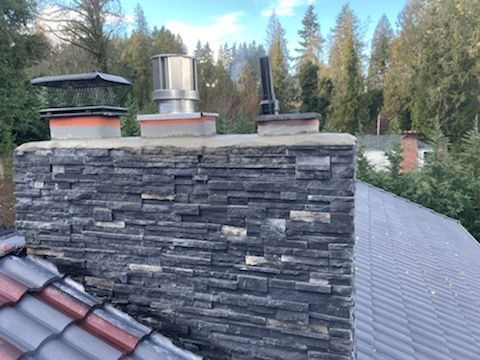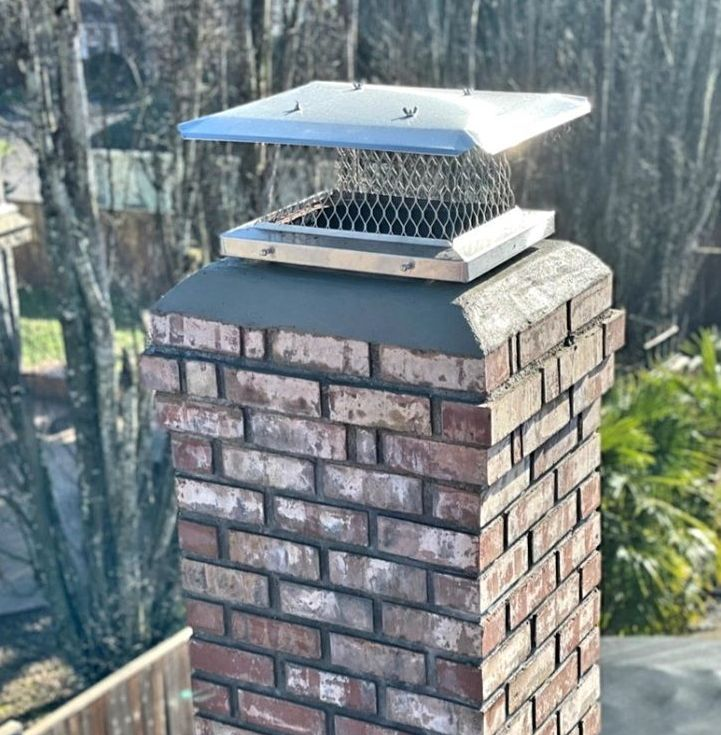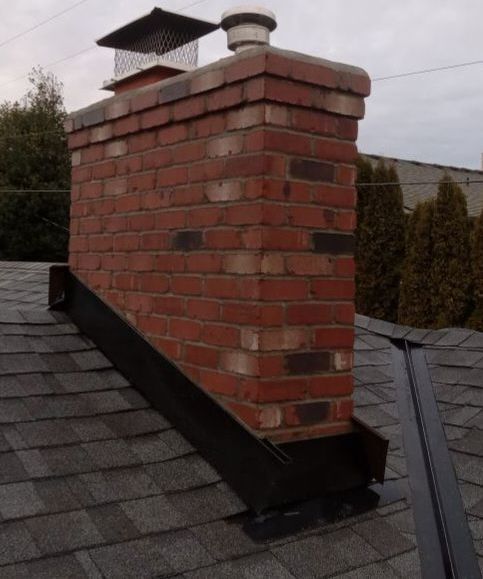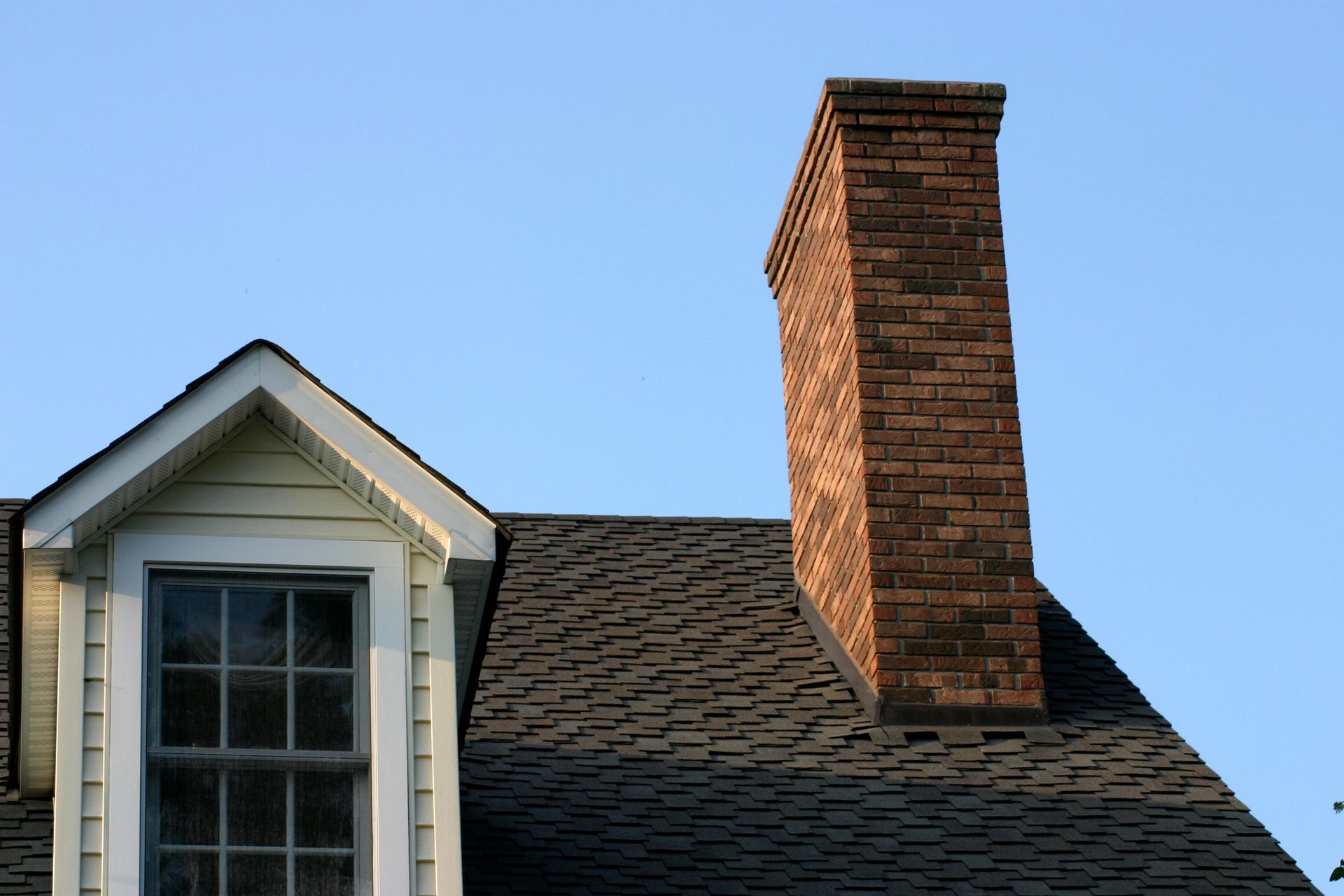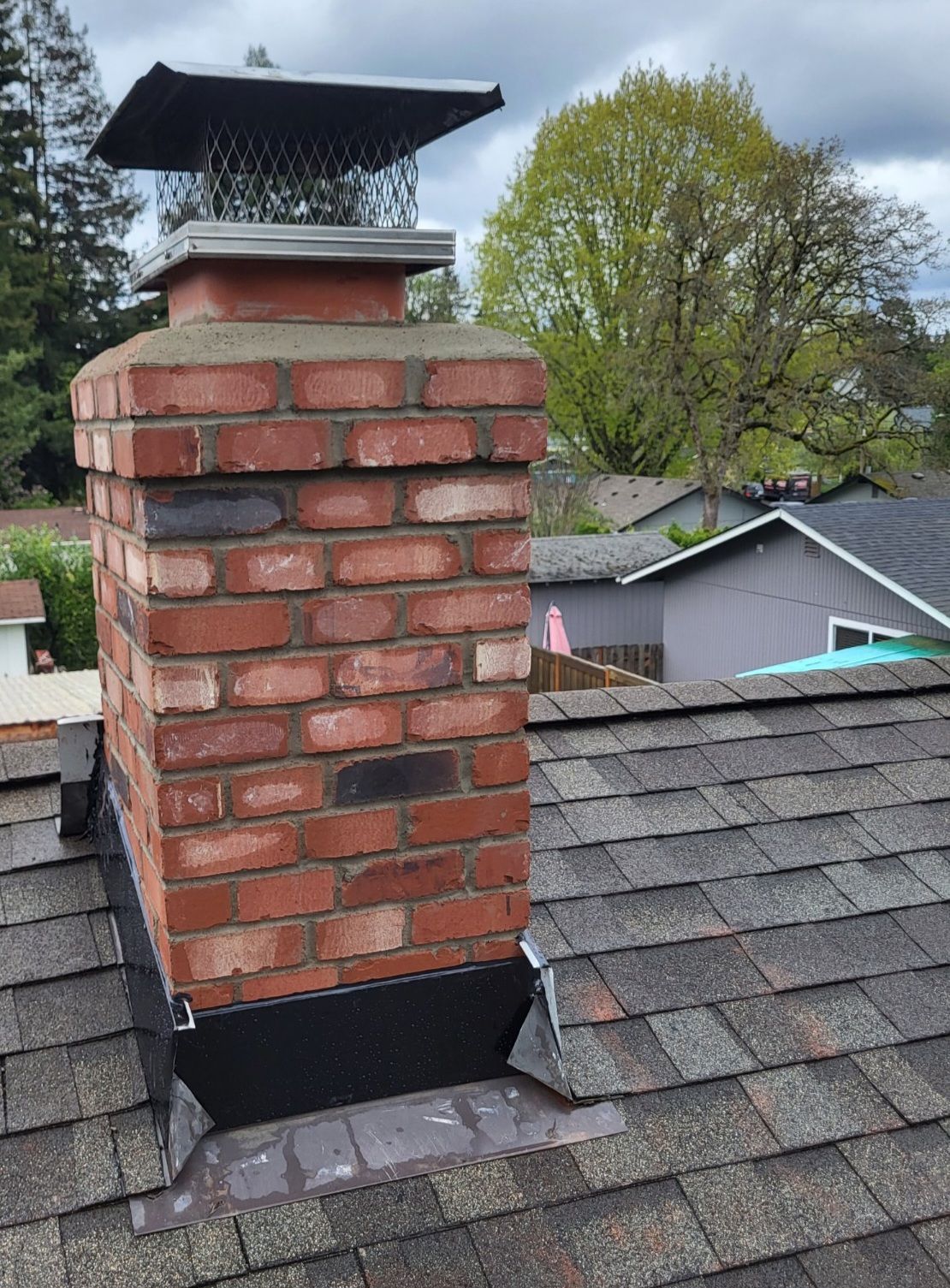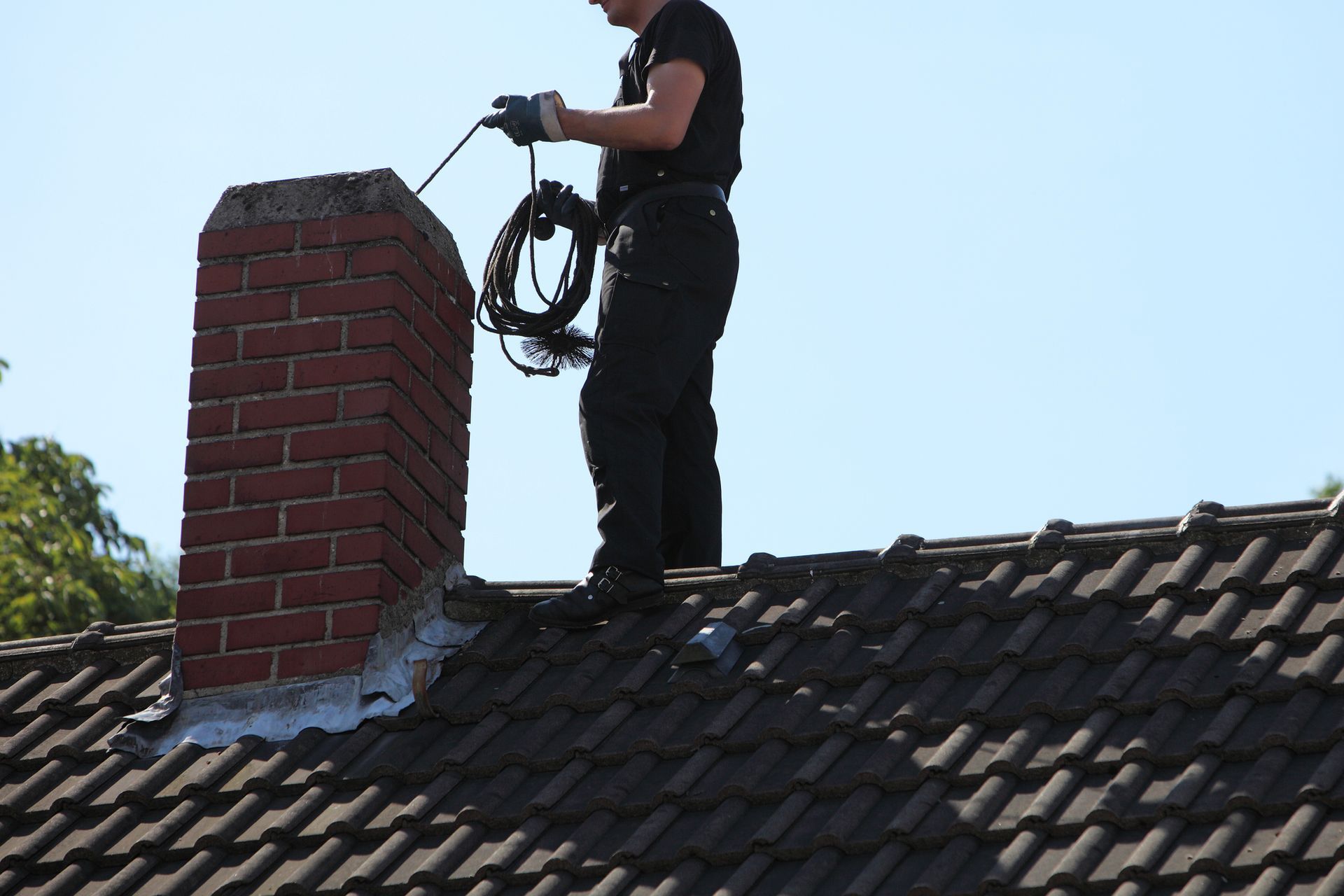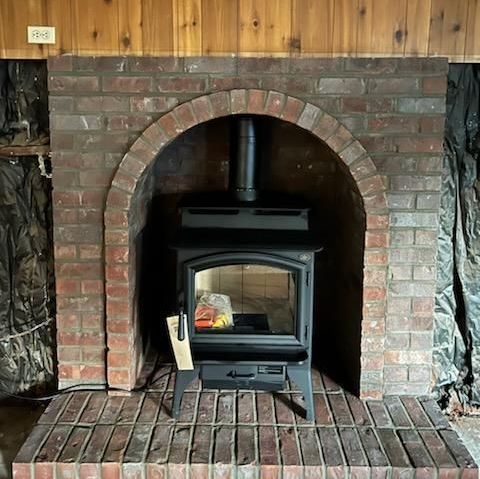Understanding Residential Tuckpointing
The beauty and durability of a brick home are truly timeless. However, as with all things, time can take its toll on brick and mortar. Enter tuckpointing: a remedy that can restore the splendor and structural integrity of your brickwork. If you own a brick home and never heard of tuckpointing, discover a few key things that you should know about it.
What Is Tuckpointing?
Tuckpointing, in the realm of masonry, is a technique used to replace deteriorating mortar in the joints of a brick wall. Over time, weathering and decay cause voids in the joints between bricks, which can lead to significant water damage if not addressed.
Tuckpointing involves removing the old, damaged mortar and filling in these voids with fresh mortar. The process doesn't just ensure the structural longevity of a brick structure but also significantly enhances its aesthetic appeal.
While bricks themselves are robust and can last for centuries, the mortar that holds them together tends to have a shorter lifespan. As the mortar deteriorates, the stability of the entire wall is compromised. That's where tuckpointing steps in, acting as a preventive measure against potential structural issues and increasing the overall lifespan of a brick building.
What Are the Signs That Tuckpointing Is Needed?
Tuckpointing might be necessary when a structure exhibits signs beyond the typical crumbling or receding mortar. Here are additional indicators:
- Efflorescence: This is a white, powdery substance that can sometimes be seen on the surface of bricks. It's caused by moisture moving through the masonry and dissolving naturally occurring soluble salts inside the bricks. As the moisture evaporates, it leaves these salts on the brick's surface.
- Loose Bricks: If bricks are loose or moving, it's a clear indication that the mortar is failing. The mortar's primary job is to hold the bricks in place; if it's not doing that, repairs are needed.
- Interior Signs: Problems with mortar can manifest inside the home before they become apparent outside. This might include peeling paint, damaged plaster, or moisture on walls and ceilings.
- Compromised Structural Integrity: In extreme cases, failing mortar can lead to a wall or chimney leaning or bulging. This is a severe sign and indicates that immediate repairs are necessary.
- Deep Mortar Erosion: If the depth of the eroded mortar has become quite deep, it's time for tuckpointing. The deeper the erosion, the more vulnerable the bricks become to moisture and structural issues.
- Visible Vegetation: If you see plants, moss, or fungi growing out of your brickwork, this indicates that moisture is trapped within your wall due to deteriorating mortar.
Regular inspections of brick structures, especially older ones or those exposed to harsh environmental conditions, can help in early detection of these signs.
How Is Tuckpointing Performed?
Tuckpointing is a meticulous process that requires expertise and precision. The first step involves removing the old mortar. Professionals typically use grinders or small chisels to carefully extract damaged mortar without harming the surrounding bricks. The process can be loud and messy, but this process ensures that the new mortar adheres correctly and provides a solid bond.
Once the old mortar is removed, the new mortar mix is prepared, matching the color of the original mortar as closely as possible. This ensures a seamless appearance once the process is complete.
The freshly prepared mortar is then skillfully applied into the joints using specialized tools. After the joints are filled, they're smoothed out to match the original pattern of the brickwork. It's a labor-intensive procedure, but the results—both in terms of aesthetics and structural integrity—are well worth the effort.
What Do You Do When You Need Tuckpointing?
If you notice signs of wear in your home's brickwork, don't wait for the problem to escalate. Reach out to Lifetime Chimney to evaluate and rejuvenate your home's masonry through tuckpointing, ensuring its charm and strength for years to come.
